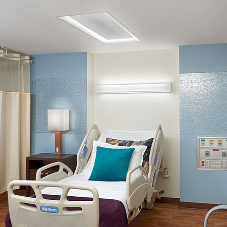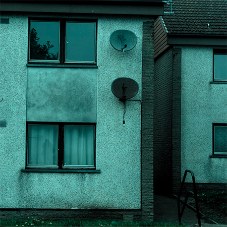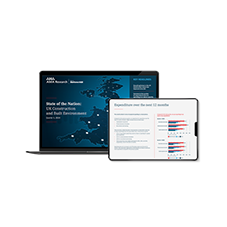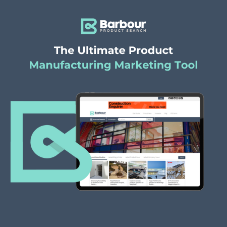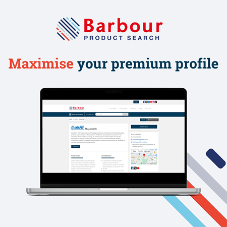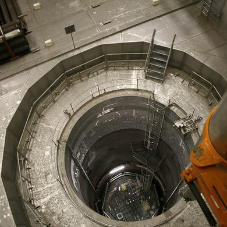In their latest article, Chris Ashworth from Competitive Advantage looks at how you maximise the benefit of product samples.
Samples – the bane of the marketing department’s life
As a young Product Manager, I was responsible for our product samples. This involved ensuring enough were prepared by the factory and in stock, meeting the sales team’s insatiable demand for them and ensuring specifier and customer requests were promptly met. In addition to the standard samples we also had to respond to ‘special requests’ for larger sized samples. It was a nightmare job and a constant drain on the marketing budget (at one time we discovered manufacturing were cross-charging marketing with their numerous overspends) and at the time I would have happily stopped offering samples.
The challenge of size and weight
Companies who have large or heavy samples also have the challenge of getting them to the market. In some cases, delivery can be more expensive than the sample itself. Some manufacturers have tried alternatives such as online images. But this is only a compromise and specifiers will tell you that they want to handle a product to get an understanding of what it is like. We have also noticed that in some sectors some companies are trying to gain an advantage over their competitors by offering next day sample delivery.
Where the key USP or differentiator is inside the product, perhaps consider making sectioned samples? These are more expensive but worth it for larger projects. Or if the cost is prohibitive make sure that the standard product sample is accompanied with a labelled, sectioned CAD image print out.
Samples are important
Especially for premium products and when aesthetics are a consideration. Architects and Interior Designers will want to see them to help them make choices. And having made a choice they may need to show the client to win their support and justify the cost.
Samples are a sales tool
A specifier will not request a sample unless your product is a serious contender - they do not want to clutter their office with unnecessary samples. So, a sample request is a buying signal.
When dealing with requests which are not directly from the sales organisation, you have an opportunity to gather information;
• Log the name, organisation and contact details of the person who requests the sample.
• Is the request related to a project? If so get details.
• How urgently is the sample needed? You need to respect this.
• Do they need any product literature or technical data?
• Would a visit by a technical advisor (don’t refer to them as sales) be helpful?
Having delivered the sample, by whatever means, put in place a follow-up process.
• Initially call or email to check they received it OK and it was what they wanted. Is there any further information needed, or other samples? What are the time frames for decision making?
• Allow sufficient time for decision making, then call to check if they have decided to use your product and if they need more information or samples. If the sample is bulky or expensive you could offer to have it collected.
This process of engagement allows you to learn more about the project and the opportunity for your product, while also providing a service. It is, and should be treated as, part of the sales process. But don’t over-communicate. Specifiers are time-poor and it will only irritate.
Make sure you get the maximum return on your investment
Samples are expensive, so make sure you get the maximum benefit from them. That means presenting them effectively, getting the maximum information in exchange for their supply, logging where they have gone and being effective in follow-up.
The role of samples in a sales meeting
In a face-to-face meeting samples also have an important role to play. Most obviously, they allow your representative to explain more about your product. By demonstrating the product characteristics, they can make the meeting more memorable. But they can also contribute to body language. Having discussed the sample, it might be placed on a desk or table. If the specifier picks it up again later this is a non-verbal signal that they are considering the product and possibly thinking of specifying.
Download our datasheet on using samples to promote your construction products:
Further Information
Promoting your company and building products with Barbour Product Search can help to increase your visibility to the full specification audience. Email editor@barbourproductsearch.info for more information.
Chris is a specialist in specification strategy and founder of Competitive Advantage Consultancy which specialises in market research and training for the construction industry. Chris is also Deputy Chair of the organising committee for CIMCIG, the Chartered Institute of Marketing’s Construction Industry Group.

Related Blog Articles



crop192.png)
